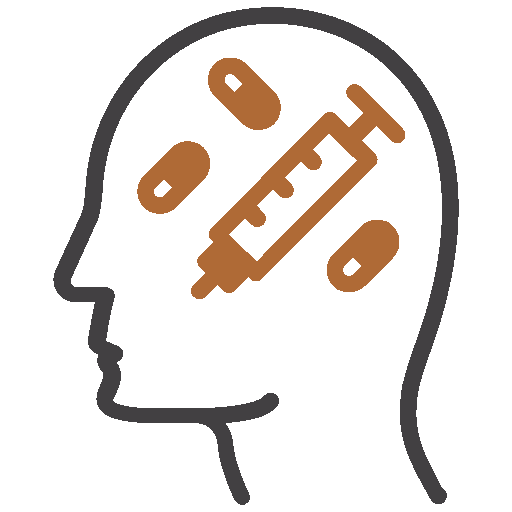In recent years, the misuse of MDMA—commonly known as Ecstasy—has emerged as a significant concern. Although it was originally developed for therapeutic use, MDMA is now frequently abused for its mind-altering and euphoric effects. In this overview, we’ll guide you through the world of this widely misused stimulant, examining its effects on health and its broader impact on society.
Our mission is to raise awareness and provide support to those affected by MDMA addiction. By understanding the risks and realities of MDMA use, we can emphasize the importance of seeking help and making informed choices.
According to the National Institute on Drug Abuse (NIDA), around 0.8% of individuals aged 12 and older—approximately 2.2 million people—reported using MDMA in the past year. These statistics highlight the widespread nature of MDMA use and the urgent need for education and intervention.






